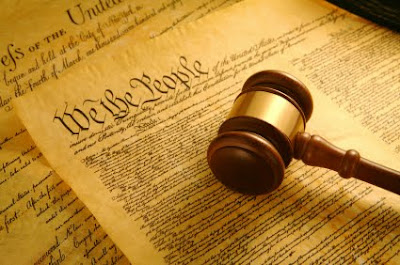 This is the fourth in a series of posts that come from a paper I wrote for my English class.
This is the fourth in a series of posts that come from a paper I wrote for my English class.The paper is long so, I decided to cut it into smaller pieces and post it over the next few days.
Consequently, as you read any of the posts on any given day, there may be a contextual flow of thought that is not readily perceived.
Simply scroll down to find the beginning.
Please enjoy.
Denying Human Rights: A How-To Guide (part IV)
Since science has given us the tremendous discovery of the double helix and genome sequence, we can use DNA testing as the foundation of our genetic category.With DNA testing we can now answer many questions. For example, if blood is found at the scene of a crime, it can be determined whether it belongs to the victim or someone else. If there is a suspect in custody, this same testing can help verify or contradict his/her alibi.
Another great example exists in the field of anthropology. When bones are discovered that have testable DNA remaining in them, it can be determined whether they are human or animal. In fact, DNA testing is now being used to confirm and sometimes contradict accepted evolutionary theories regarding pathways from lower forms of hominid species to humans.
DNA testing provides the most accurate way of determining whether a being is a human being or not and is 99.99% effective.


